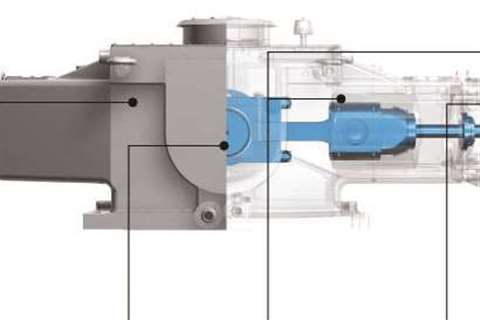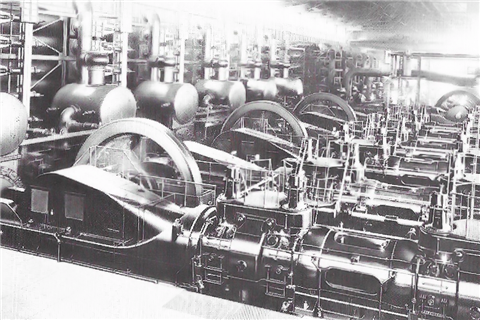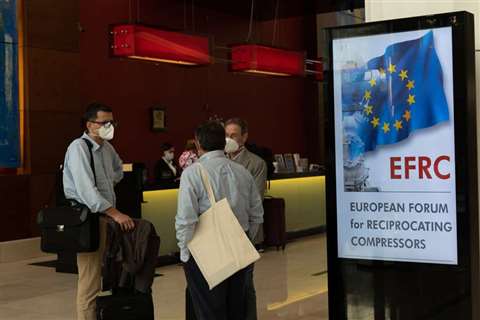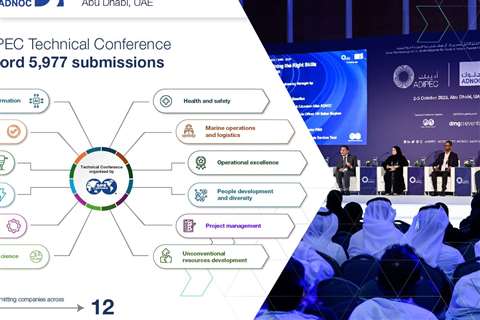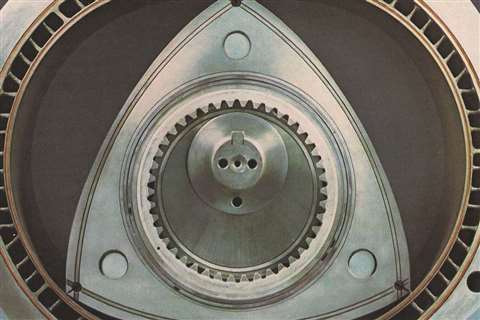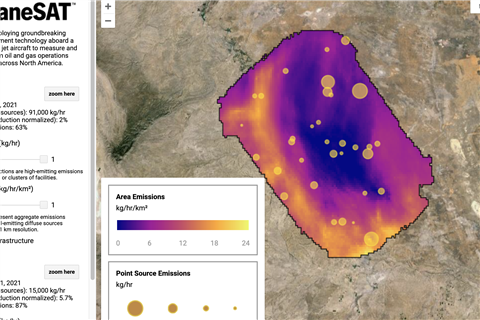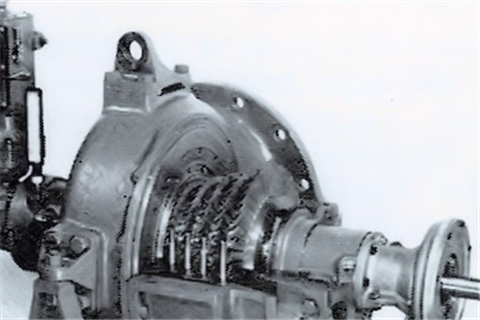All Research Articles
Modern standards require frame sensors and more
Four-day excursion through Europe
Establishing institute for decarbonization of materials
Reciprocating compressors have been used in hydrogen service for years, primarily in the refinery and petrochemical industries. Recently, companies have been trying to determine what is required for the energy transition and how they can participate. Companies have come up with several “new” hydrogen applications. These new applications, such as hydrogen storage, hydrogen mobility, and hydrogen blending (with natural gas) will have different requirements for hydrogen compression than have been typical for refinery and petrochemical applications.
This paper will describe the “new” applications, including summarizing the operating conditions and the compressor requirements, along with some of the projects being considered. These can be complex applications and because of that, some users are willing to operate outside of the typical hydrogen operational limits that have been used for years in the refinery and petrochemical industries.
Event is May 6-8 in Pittsburgh
Kalb takes role at Texas A&M University-Corpus Christi College of Engineering and Computer Science
Premium Content
International Conference on Compressors and their Systems set for London in 2025
Premium Content
Responses accepted until Nov. 1
Premium Content
Company aims to grow its hydrogen infrastructure-related business as a new pillar of its operations
Premium Content
Webinar features speakers from SwRI, Elliott Group
Premium Content
This story continues a series of Cornerstones of Compression corollary articles that provide a look back at the industries that drove the invention and technological evolution of compressors that supported their growth and development. This issue completes the evolution of compressors used for making iron and steel.
Premium Content
New initiative to foster innovation in reciprocating compressor industry
Premium Content
Major growth in AI, decarbonization categories, organization says
Premium Content
The Cornerstones of Compression series has highlighted many significant products over more than 160 years of continuous progress. However, there were also some great engine and compressor ideas that were unsuccessful. This brief Cornerstones of Compression corollary series features several development failures.
Premium Content
Data will be available directly to the public
Premium Content
The Cornerstones of Compression series has highlighted many significant products over more than 160 years of continuous progress. However, there were also some great engine and compressor ideas that were unsuccessful. This brief Cornerstones of Compression corollary series features several notable product development failures.
The Cooper-Bessemer Free Piston Engine
Premium Content
Cornerstones Corollary: Great ideas that didn’t make it!
Premium Content
By Lukas Biyikli, R&D Portfolio Manager for Integrally Geared, CO2 and Heat Pump Compression Siemens Energy.
Premium Content
Will evaluate full-scale compressor system for hydrogen-natural gas blends containing up to 20% hydrogen by volume



